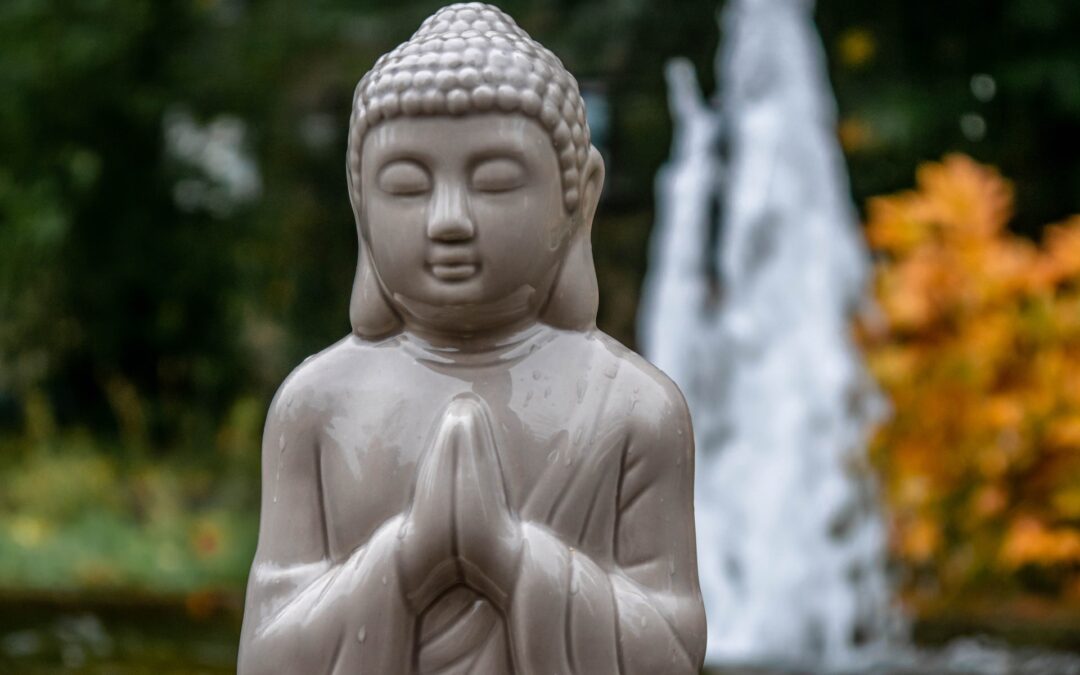
The Great Outdoors: Discover the Health Benefits of Hiking
“As I ascended the winding trail, the dense canopy of towering trees gradually gave way to a breathtaking vista. Before me stretched a panorama of rolling hills cloaked in a patchwork of vibrant greens and dotted with colorful wildflowers. Sunlight danced through the leaves, casting dappled shadows on the forest floor below. A gentle breeze whispered through the branches, carrying the sweet scent of pine and earth. In the distance, majestic mountains rose to meet the sky, their peaks crowned with wisps of swirling mist. As I stood amidst this serene tableau, surrounded by the symphony of nature, I couldn’t help but feel a sense of awe and gratitude for the beauty of the world around me.”
The Health Benefits of Hiking
Hiking isn’t just a walk in the park—it’s a powerful form of exercise that can boost your physical fitness, mental well-being, and overall quality of life. Here are some of the many benefits of hitting the trails:
- Cardiovascular Health: Hiking gets your heart pumping and your blood flowing, improving cardiovascular health, lowering blood pressure, and reducing the risk of heart disease and stroke.
- Strength and Endurance: Trekking over varied terrain helps build strength and endurance in your muscles, particularly in your legs, core, and glutes, while also improving balance and coordination.
- Weight Management: Hiking burns calories and helps control weight by increasing metabolism and promoting fat loss, making it an effective exercise for maintaining a healthy body weight.
- Mental Health: Spending time in nature has been shown to reduce stress, anxiety, and depression, while boosting mood, self-esteem, and overall mental well-being. Hiking offers a welcome escape from the pressures of daily life, providing a sense of peace, tranquility, and connection to the natural world.
- Social Connection: Hiking with friends, family, or hiking groups provides an opportunity to connect with others, share experiences, and build relationships while enjoying the beauty of the outdoors together.
Popular Hiking Spots
From rugged mountain peaks to lush forests and scenic coastlines, the world is full of breathtaking hiking destinations waiting to be explored. Here are just a few popular hiking spots to add to your bucket list:
- Grand Canyon National Park, USA: Explore the awe-inspiring landscapes of the Grand Canyon on trails like the South Kaibab Trail or the Bright Angel Trail, offering unparalleled views of this natural wonder.
- Cinque Terre, Italy: Embark on the stunning coastal trails of the Cinque Terre, a UNESCO World Heritage Site known for its picturesque villages, terraced vineyards, and panoramic vistas of the Ligurian Sea.
- Torres del Paine National Park, Chile: Discover the dramatic beauty of Patagonia on the trekking routes of Torres del Paine, where towering granite peaks, turquoise lakes, and pristine wilderness await.
- Mount Kilimanjaro, Tanzania: Summit Africa’s tallest peak on the Mount Kilimanjaro trek, traversing diverse ecosystems from lush rainforests to alpine meadows before reaching the iconic Uhuru Peak.
- Great Wall of China, China: Walk along the ancient ramparts of the Great Wall of China, traversing historic watchtowers, steep staircases, and rugged terrain while soaking in centuries of history and culture.
Essential Gear for Hiking
Before you hit the trails, it’s important to be prepared with the right gear to ensure a safe and enjoyable hiking experience. Here are some essential items to consider:
- Footwear: Invest in a sturdy pair of hiking boots or trail shoes with good traction and ankle support to protect your feet and provide stability on uneven terrain.
- Apparel: Dress in moisture-wicking and breathable clothing layers to regulate body temperature and stay comfortable throughout your hike. Don’t forget essentials like a hat, sunglasses, and sunscreen for sun protection.
- Backpack: Choose a lightweight and durable backpack to carry your gear, snacks, water, and other essentials. Look for features like padded shoulder straps, a hip belt, and multiple compartments for organization.
- Hydration: Stay hydrated on the trail by carrying a water bottle or hydration reservoir, and consider bringing a portable water filter or purification tablets for refilling from natural water sources.
- Navigation: Carry a map, compass, or GPS device to navigate trails and stay on course, especially in remote or unfamiliar terrain. Download trail maps and offline navigation apps to your smartphone as a backup.
How to Get Started with Hiking
Ready to lace up your boots and hit the trails? Here are some tips to help you get started on your hiking journey:
- Start Small: Begin with shorter, less challenging hikes on well-marked trails to build stamina and confidence before tackling longer or more difficult routes.
- Research Trails: Research hiking trails in your area or destination, considering factors like distance, elevation gain, terrain difficulty, and trail conditions. Look for trail guides, maps, and online resources for information and recommendations.
- Check Weather Conditions: Check the weather forecast before heading out, and be prepared for changing conditions by dressing in layers and bringing rain gear or extra clothing as needed.
- Hike Responsibly: Respect wildlife and nature, stay on designated trails, pack out all trash, and follow Leave No Trace principles to minimize your impact on the environment and preserve natural habitats for future generations.
- Share Your Adventure: Take photos, journal about your experiences, and share your hiking adventures with friends, family, and fellow outdoor enthusiasts. Join hiking groups or online communities to connect with like-minded individuals and share tips, stories, and inspiration.
Whether you’re seeking adventure, solitude, or simply a breath of fresh air, hiking offers endless opportunities to explore the beauty of the natural world, challenge yourself, and nourish your body, mind, and soul. So grab your gear, lace up your boots, and embark on your own hiking adventure today!

